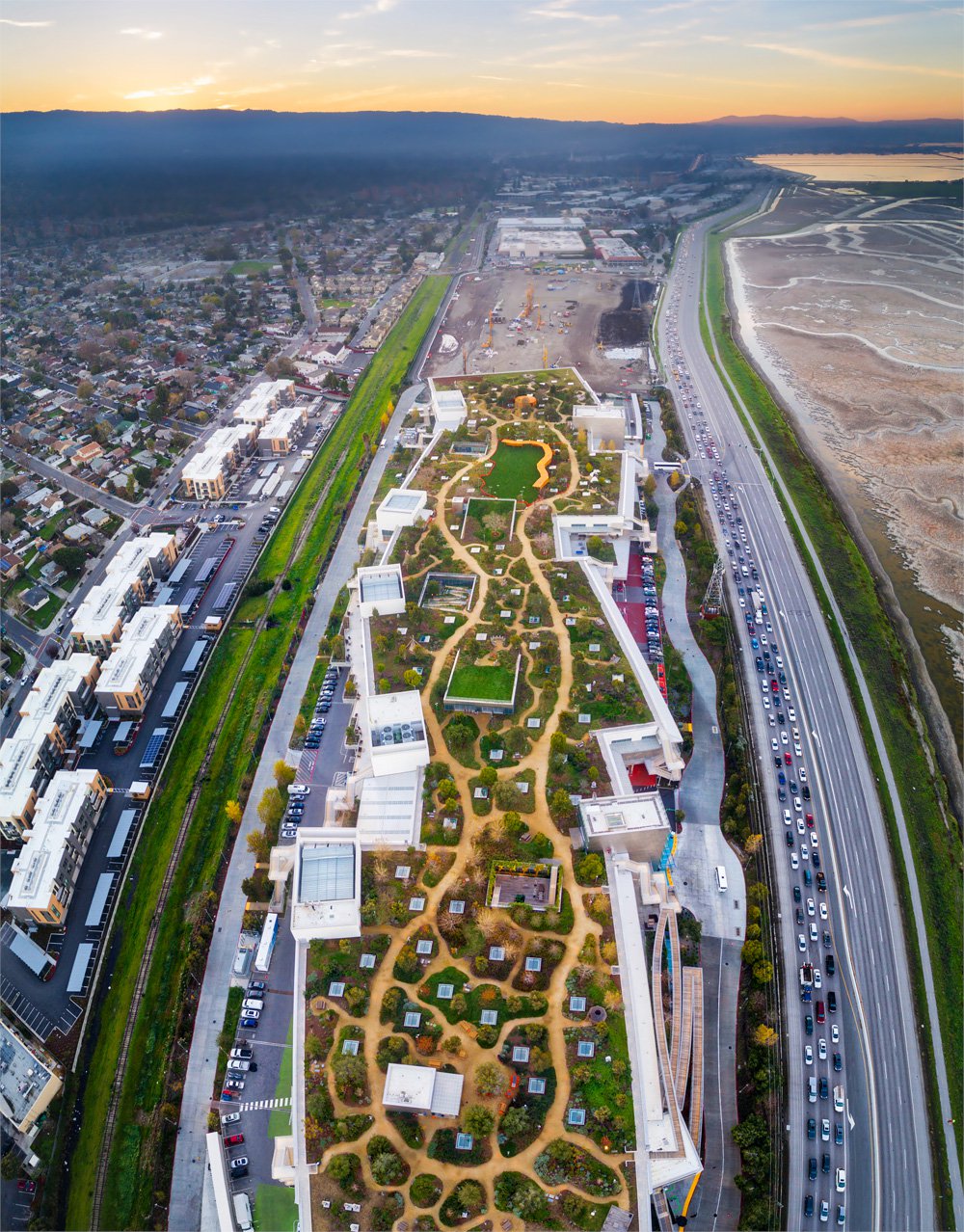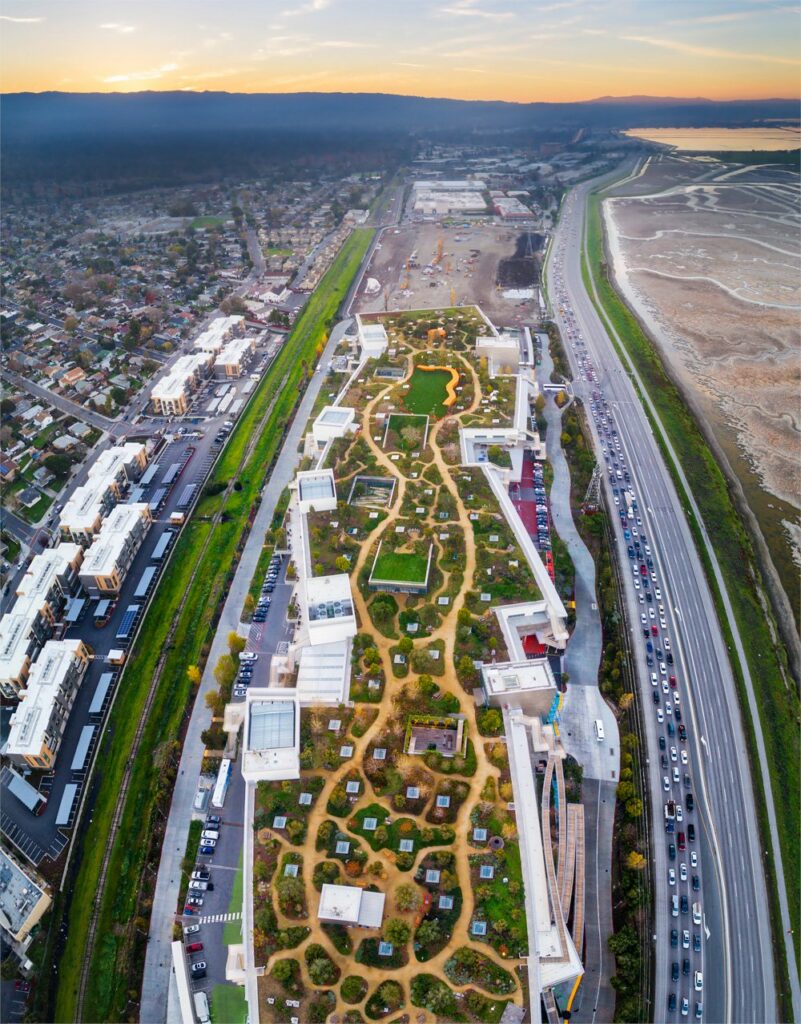Places Journal: I don’t know when the myth of landscape architects as climate saviors began, but I know it’s time to kill it. The New Landscape Declaration — a book emerging from a 2016 summit attended by the brightest thinkers in our field — frames landscape architecture as an “ever more urgent necessity,” if not the foundation of civil society. As engineers shaped the built environment of the 19th century and architects the 20th, landscape architects have claimed this century as their own. 1 That’s a bold statement for an obscure profession whose 15,000 U.S. members spend most of their time designing small parks, office courtyards, and residential projects for private clients. Yet it’s not just landscape architects who see a big future for the field. Famed industrial designer Dieter Rams has said that if he were starting his career today, he’d focus on landscapes, not machines. And public officials have recruited landscape architects to the front lines of urban development (as James Corner’s High Line and Thomas Woltz’s Public Square frame Hudson Yards) and climate resilience (as the federal program Rebuild by Design ties hurricane recovery to coastal defense). 2
But if The New Landscape Declaration sought to articulate and elevate our professional ideals, mostly it exposed the gap between rhetoric and reality. The book arrived in fall 2017, a few months after David Wallace-Wells published his alarming article, “The Uninhabitable Earth,” with its memorable opening line quaking, “It is, I promise, worse than you think.” That 7,000-word jeremiad was later expanded into a bestselling book, with acknowledgments thanking the dozens of climate writers, scientists, and activists who informed the author’s research. This is mainstream media’s most comprehensive account of the climate movement, and it contains no mention of work by landscape architects. There is no commentary on Rebuild by Design. It’s as if landscape architecture does not exist. Setting aside the justified critiques of Wallace-Wells’s apocalyptic framing, what does it mean that landscape architects are missing from this prominent book on a topic we claim as our own? Is our discipline a necessity? Are we closing the gap between ideals and practice? We are not, I promise, saving the world. Read more>>

